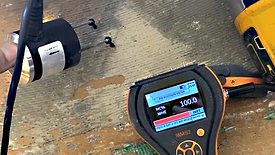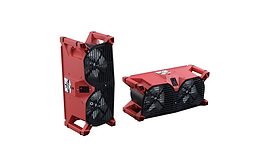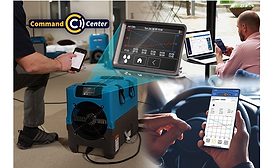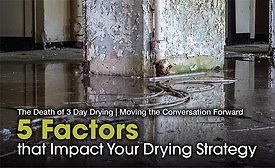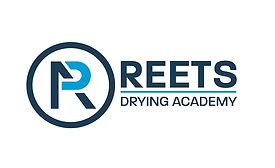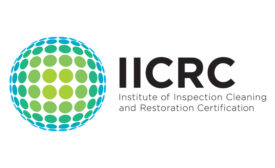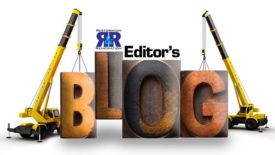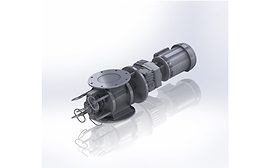Home » restorative drying
Articles Tagged with ''restorative drying''
The Death of 3 Day Drying | Moving the Conversation Forward
5 Factors that Impact Your Drying Strategy
Read More
Stay ahead of the curve with our eNewsletters.
Get the latest industry updates tailored your way.
JOIN TODAY!Copyright ©2025. All Rights Reserved BNP Media.
Design, CMS, Hosting & Web Development :: ePublishing
